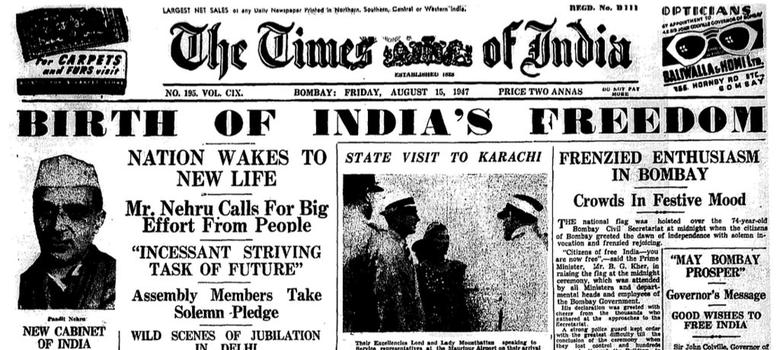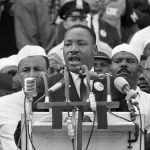India’s quest for independence from British colonial rule was a long and arduous struggle that spanned several decades, beginning in the late 1700s and culminating in the historic year of 1947. This journey was marked by countless sacrifices, determined resistance, and the unyielding spirit of the Indian people. From the initial encounters with British traders to the eventual triumph of a unified nation, India’s fight for independence remains an extraordinary tale of courage and perseverance.
The Arrival of the British East India Company:
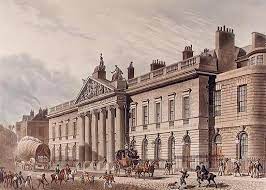
In the late 1700s, the British East India Company established a firm foothold in India, initially for trading purposes. However, their presence soon turned into an ambitious pursuit of territorial control and economic dominance. The company exploited the fragmented nature of the Indian subcontinent, playing one princely state against another and gradually establishing control over vast territories.
The Rise of Indian Nationalism:
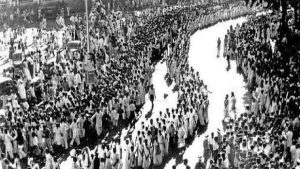
As the British East India Company continued to expand its rule, the Indian people began to witness the economic, social, and political injustices perpetuated by the colonial power. This gave birth to the first stirrings of Indian nationalism in the early 19th century. Figures like Raja Ram Mohan Roy, Dadabhai Naoroji, and Bal Gangadhar Tilak emerged as prominent voices, advocating for Indian rights and self-governance.
The Revolt of 1857 – The First War of Independence:

The year 1857 witnessed a watershed moment in India’s struggle for independence. The Revolt of 1857, often referred to as the First War of Independence, was a valiant uprising against British rule that swept across the country. Although the revolt was eventually suppressed, it left an indelible mark on the collective consciousness of the Indian people, fueling their determination to achieve freedom.
Indian National Congress and the Birth of Mass Movements:
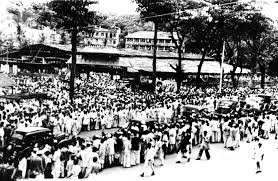
In 1885, the Indian National Congress (INC) was formed, heralding a new era in India’s fight for independence. Led by influential leaders such as Mahatma Gandhi, Jawaharlal Nehru, and Subhas Chandra Bose, the INC became the principal political organization advocating for self-rule. The party utilized various nonviolent methods, including boycotts, strikes, and civil disobedience, to protest British policies and demand independence.
The Salt March and Civil Disobedience:
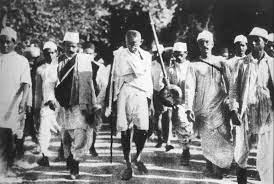
One of the pivotal moments in India’s struggle for freedom was the Salt March led by Mahatma Gandhi in 1930. In defiance of the British monopoly on salt production, Gandhi and thousands of Indians marched to the Arabian Sea to collect salt. This symbolic act of civil disobedience galvanized the masses and highlighted the oppressive nature of British colonial rule.
Partition and Independence:

As India’s independence movement gained momentum, the political landscape underwent significant changes. However, the path to independence was not without its challenges. The demand for a separate homeland for Muslims led to the eventual partition of India and the creation of Pakistan in 1947. The partition was accompanied by widespread violence, displacement, and loss of life, leaving an indelible scar on the collective memory of both nations.
India’s journey towards independence from British colonial rule was a testament to the indomitable spirit of its people. The struggle spanned several decades, and countless individuals made sacrifices and fought for their rights. The movement began as a response to economic exploitation and evolved into a broader fight for freedom and self-governance. Through nonviolent resistance, mass mobilization, and tireless determination, India finally emerged as a sovereign nation on August 15, 1947. Today, the legacy of this struggle continues to shape the identity.

